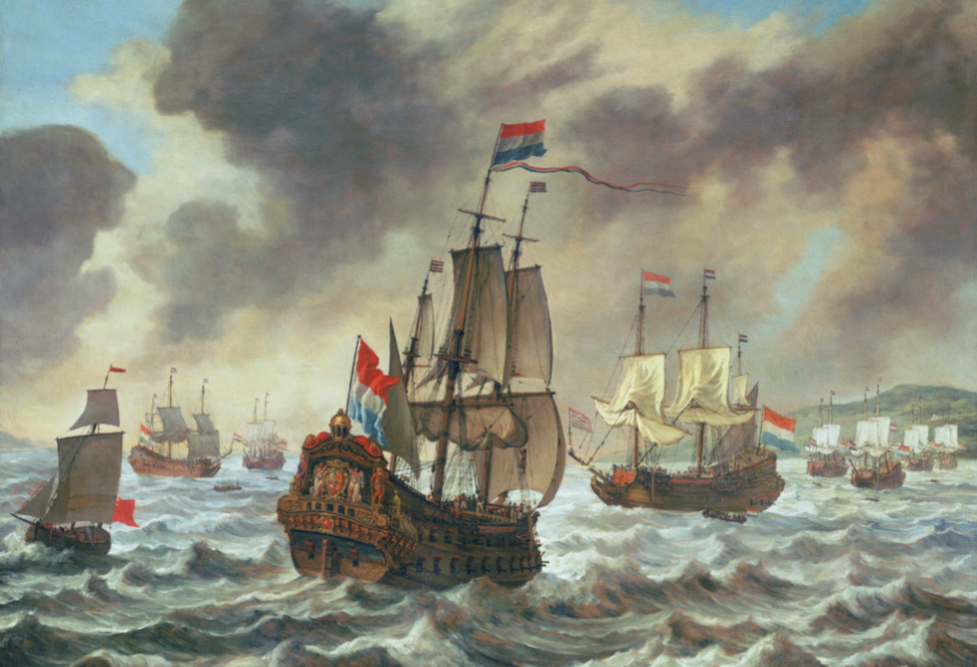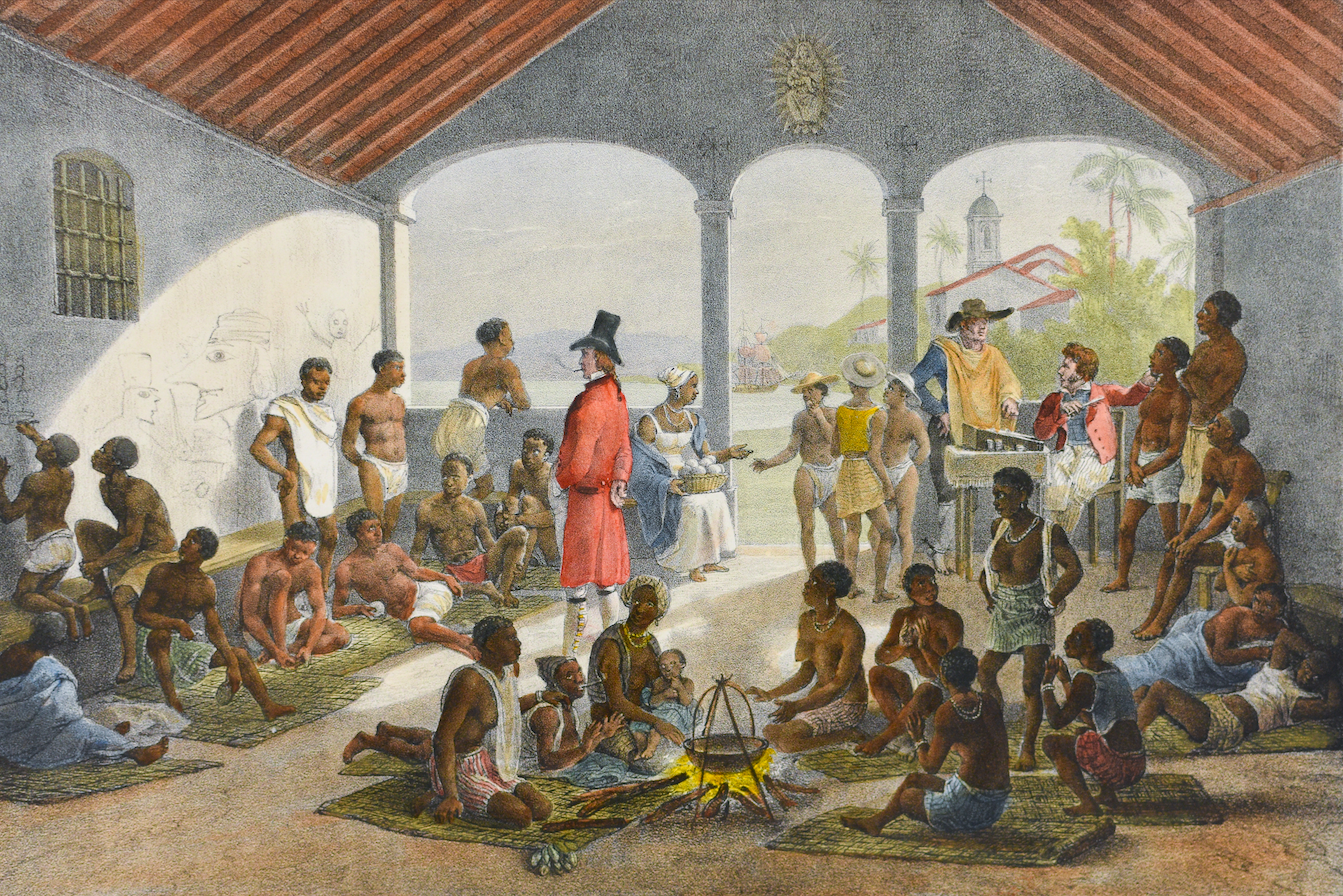In the late 15th century, two of Europe’s greatest maritime powers, Spain and Portugal, believed the entire world was theirs for the taking. Fueled by exploration, ambition, and religious zeal, they embarked on a race to claim new lands across the globe.
To avoid conflict between their growing empires, they signed a monumental agreement in 1494 known as the Treaty of Tordesillas.
This treaty literally drew a line through the world and divided it into two spheres of influence. It remains one of the most audacious diplomatic agreements in world history.
The Age of Exploration and Rivalry

By the 1400s, Portugal and Spain were the leaders in European exploration. Portugal had already begun exploring the west coast of Africa, establishing trading posts and seeking a sea route to Asia.
Meanwhile, Spain had just backed Christopher Columbus’s voyage, leading to the unexpected discovery of the Americas in 1492.
This sudden expansion sparked intense rivalry. Both kingdoms were Catholic and eager to spread Christianity, but more practically, they wanted wealth, gold, spices, land, and trade.
The pope, considered a spiritual and political authority in Christendom, stepped in to mediate before the two kingdoms ended up in war over newly discovered lands.
The Papal Bulls

In 1493, Pope Alexander VI issued a series of papal bulls, or decrees, to define how Spain and Portugal should divide the newly discovered lands. He drew an imaginary line 100 leagues west of the Cape Verde Islands.
All lands west of the line would belong to Spain; those to the east would belong to Portugal. This line would eventually become the foundation of the Treaty of Tordesillas.
Portugal, however, was not satisfied with the original papal division. The Portuguese feared that the line might cut them off from future discoveries, particularly around Africa or Asia.
Negotiations between the two kingdoms followed, resulting in a more favorable agreement for Portugal.
Drawing the Line

Signed on June 7, 1494, the Treaty of Tordesillas moved the papal line about 270 leagues further west. This new demarcation line was located roughly 370 leagues west of the Cape Verde Islands.
Spain would have the rights to lands west of this line, most of the Americas, while Portugal would control lands to the east, which included parts of Africa, the Indian Ocean trade routes, and eventually Brazil.
This agreement was made without consulting any of the native peoples living in the divided territories. It reflected the Eurocentric mindset of the era, in which European powers believed they had the divine and legal right to claim and rule over lands inhabited by others.
Impact on Global Colonization

The Treaty of Tordesillas had enormous consequences for world history. Spain, armed with papal backing, began its conquest of the Americas. Spanish conquistadors soon overthrew powerful empires such as the Aztecs and the Incas.
The Spanish Empire stretched across much of Central and South America and into North America, shaping the linguistic, cultural, and religious landscape of the continent.
Portugal focused on Africa and Asia, establishing a trade empire along the coasts of India, the East Indies (modern Indonesia), and parts of China.
But in 1500, a Portuguese explorer named Pedro Álvares Cabral landed in what is now Brazil, on the Portuguese side of the Tordesillas line.
This unexpected discovery allowed Portugal to establish a major colony in South America, one that would later become the Portuguese-speaking nation of Brazil.
Challenges and Limitations

Although the Treaty of Tordesillas was officially recognized by Spain and Portugal, other European powers rejected it.
England, France, and the Netherlands, who would become major colonial players in the 17th century, never accepted the idea that the pope, or Spain and Portugal, could simply divide the world.
Moreover, as geographic knowledge improved, the limitations of the treaty became more obvious. The exact longitude of the dividing line was hard to determine with the technology of the time.
Disputes arose over the location of the line in Asia and the Pacific, especially as explorers ventured farther into the eastern hemisphere.
The Legacy

Despite its flaws and challenges, the Treaty of Tordesillas shaped the early geopolitical structure of the colonial world. It gave Spain dominance in the Americas and Portugal control over critical trade routes in Africa and Asia.
Its effects can still be seen today in the languages and cultures of former colonies. Brazil remains the only Portuguese-speaking country in the Americas, a direct result of the treaty’s boundary line.
The treaty also set a precedent for colonial powers to negotiate and divide foreign lands among themselves, without regard for indigenous peoples.
In this way, the Treaty of Tordesillas not only changed maps, but also changed lives, marking the start of a new and often devastating chapter in global history.



















